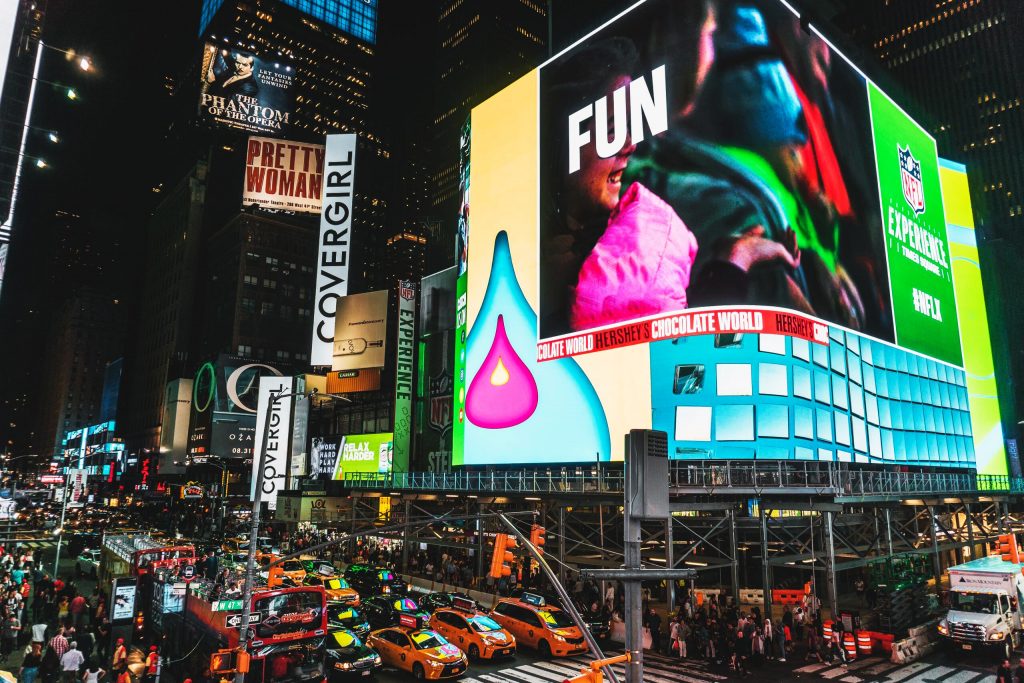Sinds de jaren negentig, de hele high-definition LED-display de industrie in binnen- en buitenland ontwikkelt zich in hoog tempo. Vooral de afgelopen drie jaar, vanwege de hevige concurrentie op de markt, de industrie heeft een herschikkingsfenomeen ondergaan. Veel Chinese LED-ondernemingen hebben de concurrentiedruk ingezien, verhoogde kapitaalinvestering, bleef de schaal uitbreiden, en grote inspanningen geleverd in technologie leidende en gedifferentieerde concurrentie, vooral toen LED-verlichting op grote schaal het toepassingstijdperk begon in te gaan, Het opende de proloog van de hervorming van LED-verlichting in huis. Momenteel, de binnenlandse LED-markt is volledig geopend, en de export van LED-producten neemt nog steeds een groot deel voor zijn rekening. Het is duidelijk dat de binnenlandse LED-industrie geconcentreerd is in Shenzhen, en over 80% van zijn producten wordt geëxporteerd.

Voor traditionele Chinese ondernemingen, het is een uitdaging om het goed te doen op de internationale markt. Allereerst, vanwege de late start van de Chinese LED-industrie, het gebrek aan bewustzijn van intellectuele eigendomsrechten, en het relatief achterblijvende werk op het gebied van octrooiaanvragen en -bescherming, Chinese LED-displaybedrijven zijn moeilijk te begrijpen vanwege het gebrek aan LED-patenten op de internationale markt, en bevinden zich vaak in een relatief passieve positie in het licht van hevige concurrentie op de markt. ten tweede, de internationale LED-standaardformulering heeft een aanzienlijke schaal bereikt, en het systeem is relatief volwassen en compleet, en is in wezen gesynchroniseerd met de ontwikkeling van de markt. Echter, de introductie van China's LED-normen loopt ver achter. We should learn from the advanced experience of the United States, the European Union and other countries, and start with the urgent standards that have a great impact on the development of products, and quickly develop some standards or specifications that are conducive to industrial development, so that enterprises in the industry can learn from and reference.
Ten derde, Chinese enterprises are also under competitive pressure from other countries to explore the international market of LED display screens. In Asia alone, Japan, South Korea and China are three countries with relatively complete industry development, and each has its own advantages: Japan’s LED industry started earlier, the industrial chain is intact, and it has an insignificant position in international shopping malls, accounting for 1/4 of the proportion of international shopping malls in 2010; Although the LED industry in South Korea started late, it rose rapidly in just a few years by virtue of its technological development strength; The development of China’s LED industry is strongly supported by the government, and has the advantages of manpower, raw materials and other costs.
In the long run, in the context of globalization and the deepening of shopping malls, LED global competition is inevitable. Only with competition can we have the power to promote the continuous progress of the industry and promote the continuous development of industry. Benign competition is also a necessary condition to promote the continuous progress of shopping malls, but also to prevent the breeding of vicious competition.
